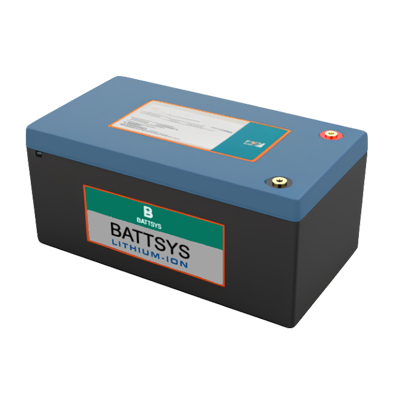Can lithium batteries be shipped by sea? Requirements for
lithium battery ocean transportation.
Lithium battery is a type of battery that uses lithium metal or lithium alloy as the negative electrode material and non-aqueous electrolyte solution.
Can lithium batteries be shipped by sea
Lithium batteries support sea transportation, but they need to be packaged and transported as dangerous goods
Requirements for lithium battery ocean transportation
1. The battery must pass the UN 38.3 test requirements and a drop packaging test of 1.2 meters.

2. The outer packaging must be labeled with a Class 9 dangerous goods label, indicating the UN number
3. Its design ensures the prevention of bursting under normal transportation conditions, and is equipped with effective measures to prevent external short circuits and protect exposed electrodes.
4. Durable outer packaging, the battery should be protected to prevent short circuits, and within the same packaging, contact with conductive substances that can cause short circuits must be prevented.
5. Additional requirements for battery installation and transportation in equipment: a. The equipment should be fixed to prevent movement within the packaging, and the packaging method should prevent accidental start-up during transportation. b. The outer packaging should be waterproof or achieved through the use of an inner lining (such as a plastic bag), unless the equipment itself has waterproof characteristics.
6. Lithium batteries should be loaded on pallets to avoid strong vibrations during transportation. Corner protectors should be used to protect the vertical and horizontal edges of the pallets.
7. The lithium battery loading container must be reinforced, and the reinforcement method and strength should meet the requirements of the importing country (such as: there are relevant regulations in the United States, such as the American Railway Association, the American Dangerous Goods Association, the North American Bureau of Transportation, the Federal Motor Transport Safety Administration, the US Coast Guard, the US Department of American Reinforcement Law for Class 9 dangerous goods containers, and the Maritime Dangerous Goods Transport Rules). If the shipper negligently reinforces or improperly reinforces the container, the container will be detained at the destination port, and high fees such as port operation fees, storage fees, container relocation fees, and re reinforcement will be incurred.
8. Exporting to North America requires pasting at designated locations around the container
Class 9 hazardous material labels
